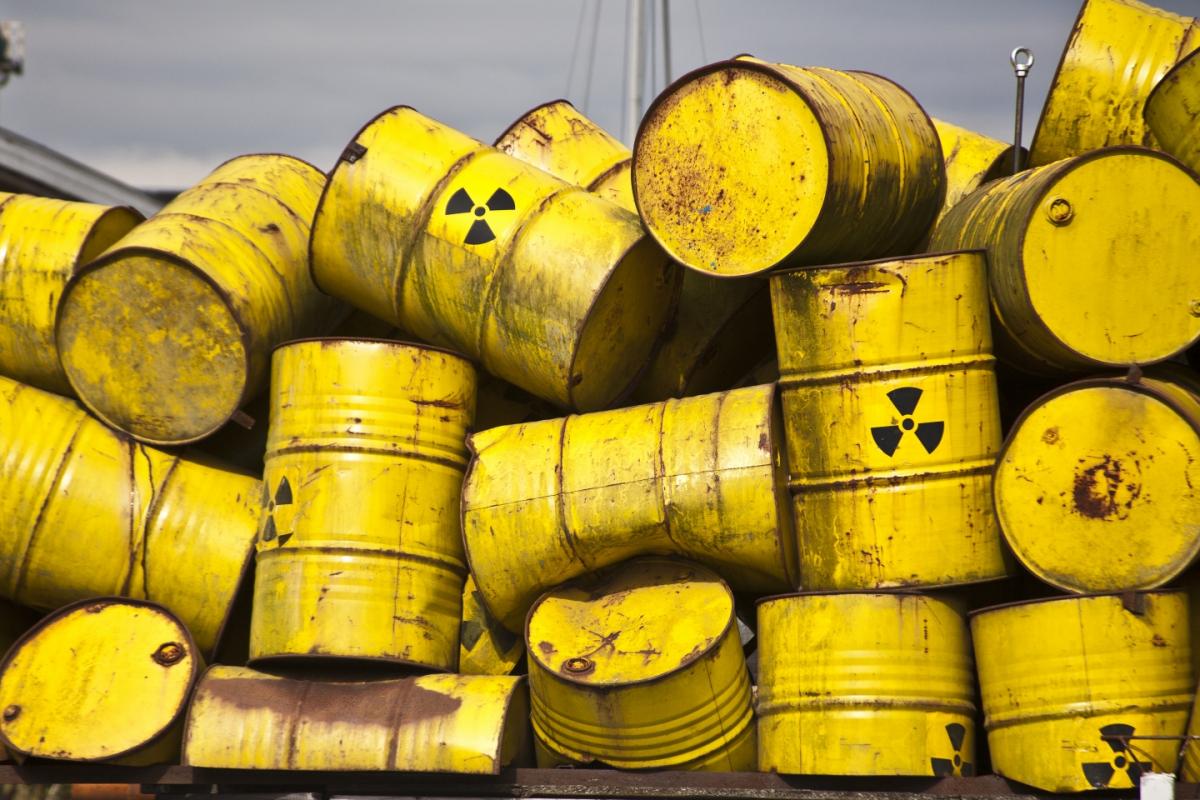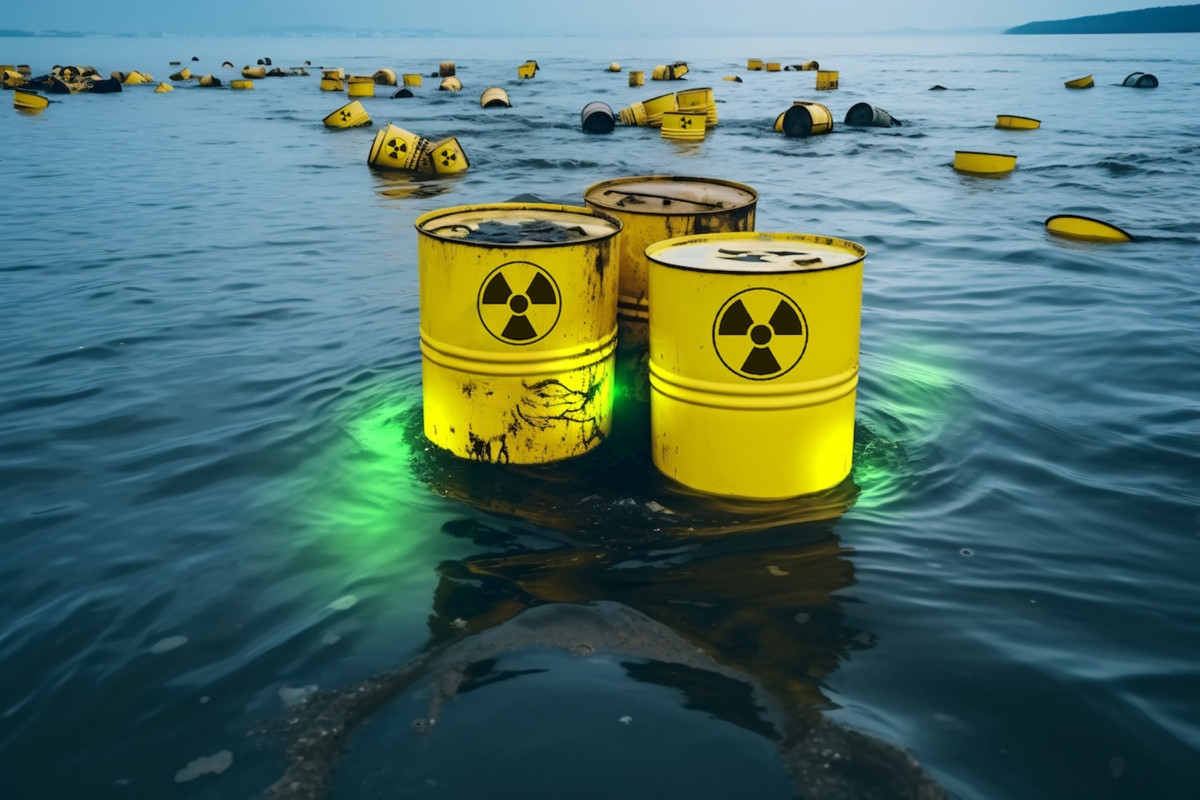An international initiative aims to assess the environmental impact of nuclear waste dumped in the ocean more than half a century ago. Between 1946 and 1990, over 200,000 barrels containing radioactive waste were deliberately sunk in the depths of the Atlantic Ocean by several European countries. These containers, sealed with bitumen or cement, were deposited in the abyssal plains of the north-east Atlantic, at a depth of over 4,000 metres and approximately 600 kilometres off the coast of Nantes, France. This summer, an interdisciplinary mission called NODSSUM, led by the National Centre for Scientific Research (CNRS) in collaboration with the French Institute for Research on Marine Extraction (Ifremer), the Authority for Nuclear Safety and Radiation Protection (ASNR) and other international partners, will undertake a month-long expedition to locate and assess the condition of these submerged barrels. The first phase of the mission, which will begin on 15 June, aims to map an area of 6,000 square kilometres of the seabed using high-resolution sonar and the autonomous underwater vehicle UlyX, capable of operating at depths of over 4,000 metres.
Environmental impact assessment

In addition to locating the barrels, researchers will collect samples of water, sediments and marine fauna to analyse the presence and behaviour of radionuclides in the deep ecosystem. These samples will make it possible to assess the possible effects of radioactive waste on marine biodiversity and the dynamics of deep-sea ecosystems.
To ensure safety, radiation protection measures will be implemented on board the research vessel, including monitoring and control of samples and instruments from the moment of collection until analysis in laboratories on land.
The data collected during this first expedition will be used to plan a second mission that will focus on the environment surrounding the barrels. This phase will involve the use of manned submersibles or remote-controlled robots equipped with mechanical arms to directly observe the barrels and collect samples in their vicinity.
The NODSSUM mission is part of the PRIME RADIOCEAN project, which aims to better understand the risks associated with radioactive waste in the marine environment and contribute to the development of safer and more sustainable nuclear waste management policies.
This initiative marks a significant step forward in the assessment of past nuclear waste disposal practices and the protection of deep-sea ecosystems.

